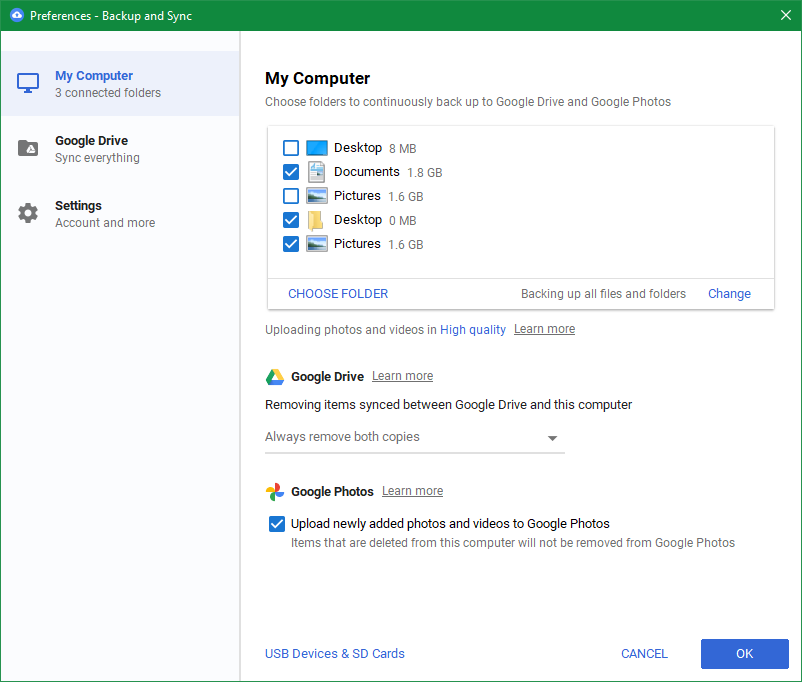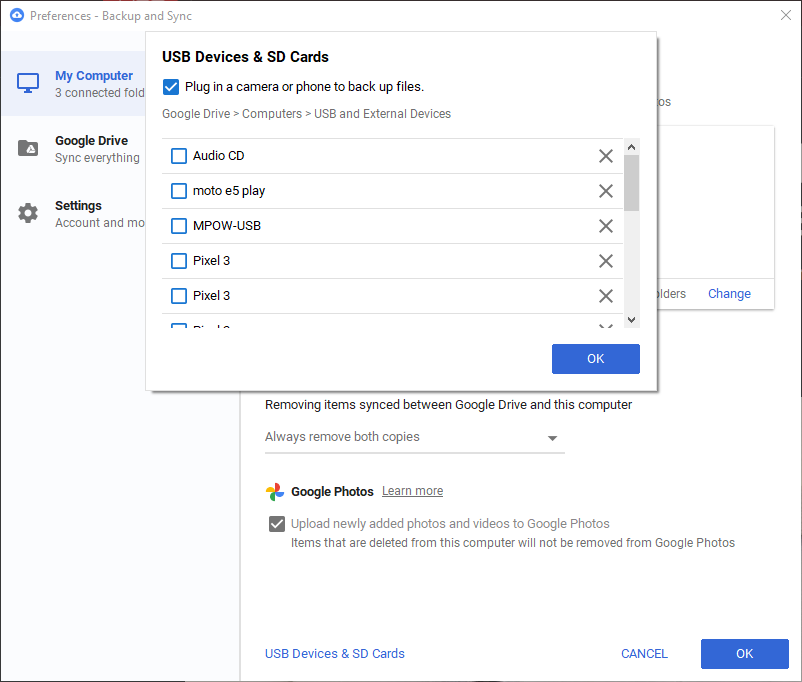How Do I Backup My Computer to Cloud? Answered and Made Easy

One of the many reasons users ask how do I backup my computer to cloud is the data loss stories they listen to. This is true that a lot of data can be lost due to any reason making it a problem for the users who have not taken a backup of their data.
If you are also one of those people who haven’t created a backup, create one today. You wouldn’t like losing the pictures of your family that are irreplaceable or an entire thesis paper. So, don’t wait for any of this to happen, take a backup of your data right now.
There are various solutions to help users learn how do I backup my PC to cloud that we will be explaining today. Whenever cloud word is said, Google is the first thing that comes to majority of the population’s mind. Other than Google, the data can be transferred to OneDrive as well.
For both the platforms, we will be explaining the methods later, but first, let’s take you through a solution that can easily perform this task for you without any troubles.
Want to know which solution this is? Let’s skip to the professional method.
How Do I Backup My Computer to Cloud Without Any Troubles and Failures?
This is an approach that is certified by the professionals to take a backup of the data files from your local system to your Google Drive as well as OneDrive. This software is the File System Migration Software that will help you to save entire data from desktop to the cloud altogether.
The software will keep the data integrity and the folder hierarchy maintained during and after the migration process. It is possible to move all the types of files including PDF files, Images, Docs, etc. and offers and option to include or exclude a specific file type.
Here, we will understand the working of the best way to backup PC to Cloud. But before that, take a good look at the features of this tool.
- Move the Entire Data from PC to required Cloud platform
- Transfer data from certain time-frame using Date-Filter
- Option to Include File Size to move files of specific size
- Metadata including the file size, date, name etc. are kept intact
- Allows to transfer hidden files and folders from the desktop
- Complete migration report is generated in CSV file format
- Makes migration easy with the help of the single user interface
- Tool is compatible with Windows OS 10, 8, 7, and older versions
How Do I Backup My PC to Cloud Using the Tool?
Here, we will be explaining the steps for moving data to Google Drive:
1. Once you download the tool, open it and choose the Run as Administrator option. Enter the email address for your Google Drive and hit Connect.

2. Choose the My Computer option and the drives and folders from there will be displayed. Select the folder and hit the Next button.

3. Apply the filters by choosing the Include/Exclude File Types, Include Created/Modified Data, and Include File Size.

4. Move further by choosing the destination path and create a new folder by clicking on the shown icon to complete the process for how do I backup my computer to cloud.

5. Press the Start button to complete the process.

After this, the software will generate three files including the Migration Report, Detailed Report, and Failed Report for users to check out if there has been any file that was missed during the procedure.
You can perform the same process to create a backup of your data and export it to OneDrive by following the steps for it. Now, let’s take look at the migration process performed using the manual method for Google Drive.
Is Manual Approach the Best Way to Backup PC to Cloud?
Google Drive, now called as Backup and Sync, allows users to access their files and take a backup of these files to the cloud even if they are not present in the Google Drive folder.
Following are the steps for moving the data:
1. Install and launch the Google Drive utility and log in to your Google Account. Click on the Backup & Sync. Icon from the System Tray.
2. After that, choose the Three Dots Menu and click on the Preferences option from the drop-down to move further with the process to answer: how do I backup PC to cloud.
3. Go to the My Computer tab and select the folders you want to take a backup of. Add as many files you want with the help of Choose Folder link.

4. Choose the Change option if you want to take a backup of all the files or any more files you want to add. Also, select the file extensions in the Advance Settings for the files you do not want to migrate.
5. You can also choose to back up removable devices by clicking on the USB Devices & SD Cards option.

6. The process to answer: how do I backup my computer to cloud will be complete. Enable the Open Backup and Sync on System Startup from the Settings option to run it every time you boot your system.
You can access the backup whenever required by clicking on the Google Drive Website by signing in your account.
This way, you can migrate your data to cloud but there may be some troubles encountered by the novice users. This method seems to be a little difficult while and can lead to a lot of time-consumption. For a painless procedure, the users can choose the software and perform this task quickly.
Ending Words
The process that answers the query: How do I backup my computer to Cloud is provided to the users in this blog. There are two methods as explained which can help users to create a backup as they require of all or selective files.
The software that we have explained offers services for both Google Drive and OneDrive in one tool itself whereas, the manual method is different for both Google Drive and OneDrive.
Frequently Asked Questions:
Ans. Follow the given steps:
Step 1 – Download the software and click on the Settings option.
Step 2 – Get the Activation License and enter the credentials for Google Drive account.
Step 3 – Choose the desired files and folders and hit Next.
Step 4 – Apply the filters for selective data migration.
Step 5 – Choose the destination location and hit Export.
Ans. Yes, the software can easily transfer all the photos to cloud.
Ans. No, there are no such restrictions imposed on the size or the number of files that users want to export.